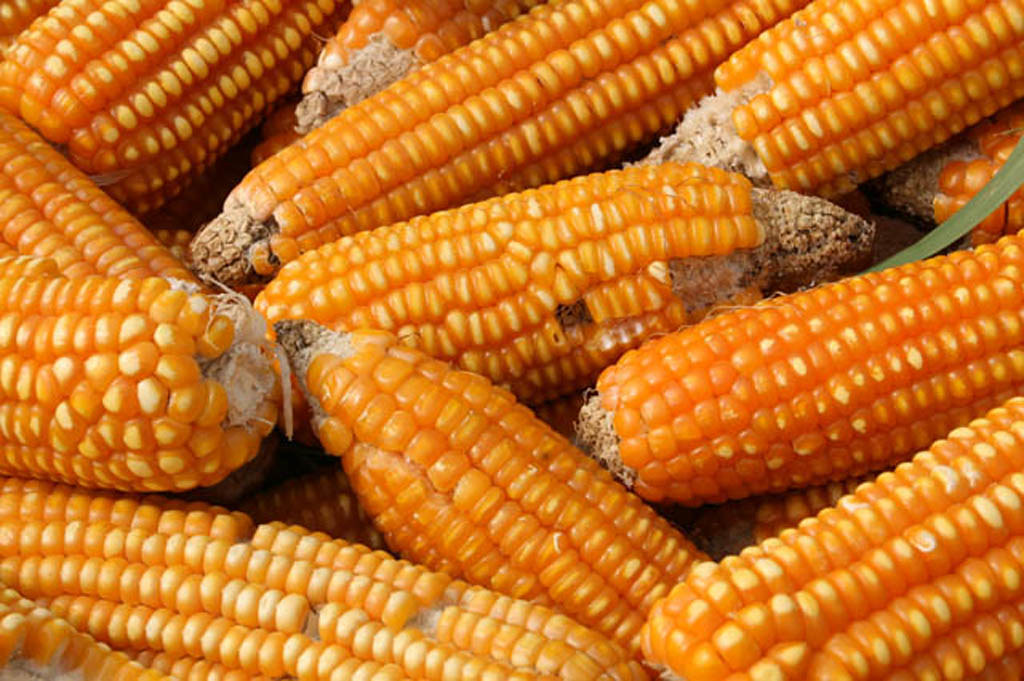
By George Munene
“If I had 75 cows they would produce an average of 10-20 liters of milk per day, that same number of camels gives me 50-60 liters and can be milked any time of the day, unlike cows which have a fixed milking schedule” explained Haji Hussein, an Isiolo camel farmer for decades
The businessman who sells the bulk of his milk to clients in Nairobi says demand for the white gold is insatiable.
“Proceeds from the sale of camel milk sustains my family of two wives and heard of cattle and goats,” he pointed out
Hussein’s camels are milked in the morning to avoid spoilage by the region's characteristic steaming sun before they are released to forage for themselves.
More than a source of milk, he also relies on the beasts of burden for transport and meat.
Related News: Law graduate builds processing plant to cash in on camel milk demand
Related News: Farmer builds camel milk factory, provides market to colleagues
Being low in fat content and high in protein and antioxidants which help prevent cell damage that can cause cancer, diabetes, as well as heart diseases experts, have classed camel milk as a superfood this has led to a spike in demand which has seen global camel milk products market value predicted to be $18.3 billion by 2027.
In Isiolo town, most milk from camels is collected with motorcycles and collated at Anolei Women’s Camel Milk Cooperative.
While there it is cooled and ferried to the primary market in Eastleigh, other neighborhoods of Nairobi, and Isiolo town.
“During the dry season, we collect an average of 4,000 liters daily and 6,000-7,000 during the wet season,” illuminated the cooperative’s patron Aden Ali Muhammad.
Related News: Dryland farmers increase milk, lower cost through camel & goat dairy farming
Fat content in camel milk is between 1.2 to 6.4 per cent. It also contains high linoleic acid and unsaturated fatty acids, which is vital for nutrition. It is lower in saturated fat and offers more vitamins C and B, calcium, iron, and potassium to cow milk.
The value of camel milk for farmers remains limited by a lack of intensified husbandry, mechanisation, and technological adoption.
Write comment (0 Comments)
















